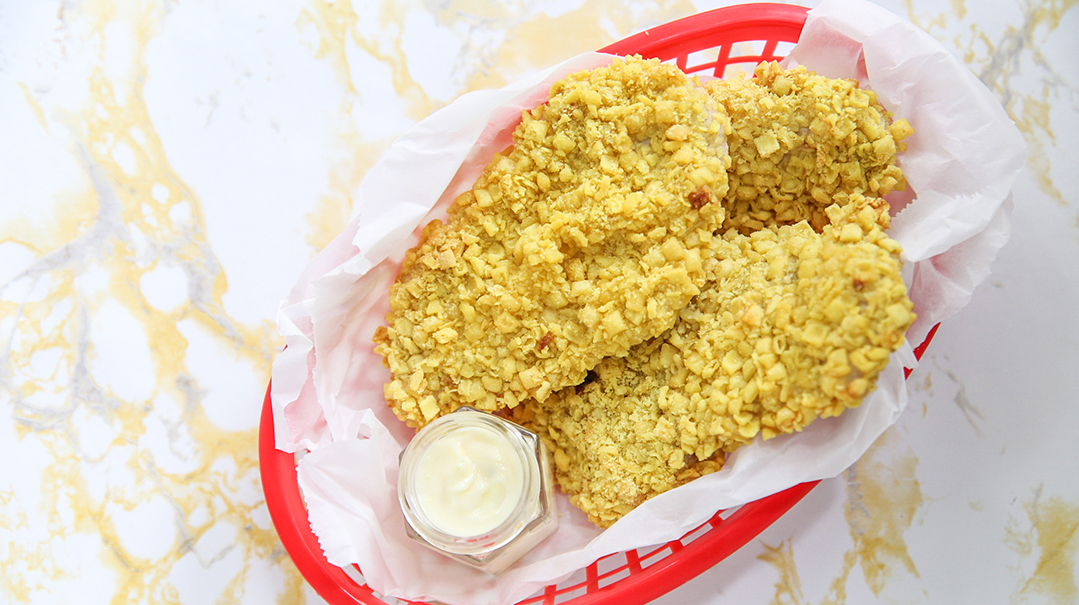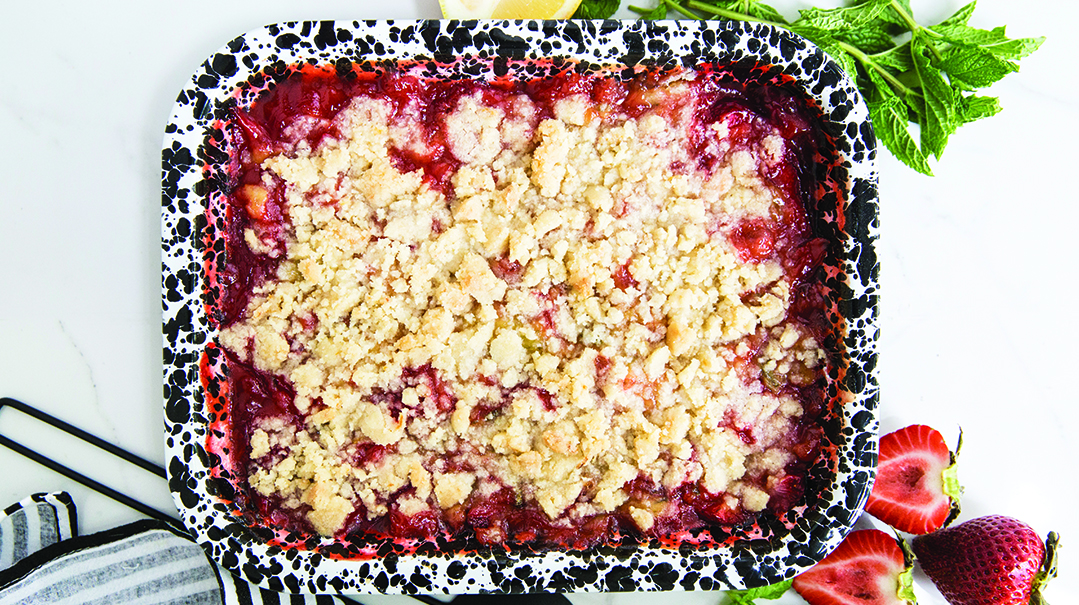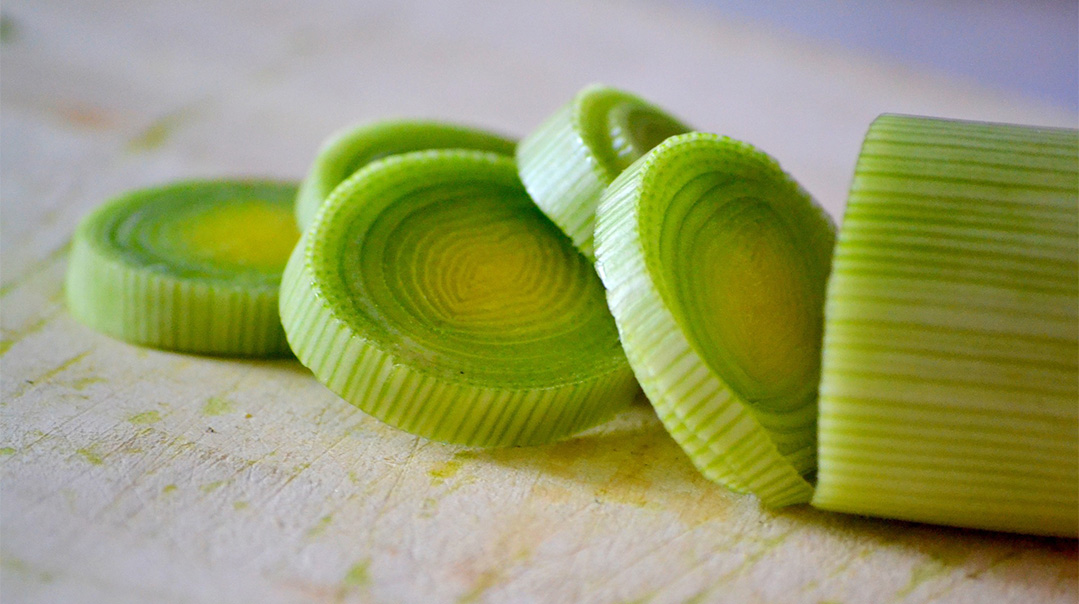Get to Know Mint


Native to the Eastern Mediterranean, mint or Mentha belongs to the Lamiaceae family, which contains around 15 to 20 plant species, including peppermint and spearmint. It’s a popular herb that people can use fresh or dried in many dishes and infusions.
Mint plants are very easy to grow. They enjoy damp soil and most tolerate a bit of shade, so they can be grown indoors. Most mints are perennials. When planted in a good location, they’ll return year after year.
Although not typically consumed in large quantities, mint contains fair amounts of several nutrients and is an especially good source of vitamin A and antioxidants.
Store fresh mint in the refrigerator in a plastic bag, wrapped in a slightly damp paper towel.
Spearmint and peppermint are the most popular varieties of mint, with spearmint being used in cooking and the stronger peppermint commonly processed into an oil that’s used as a flavoring. You can also find other varieties of mint with interesting flavors such as apple mint, orange mint, and chocolate mint!
Fresh mint produces a lingering cooling effect on the palate. It’s widely used in Middle Eastern and Greek dishes, including salads, side dishes, and sauces. Fresh mint traditionally complements lamb and poultry. A small stalk of mint can be added to hot water to make tea or muddled into a cocktail. Dried mint leaves are often added to ground beef or stews. Mint extract is used in baked goods or confections, or to flavor hot chocolate.
Oops! We could not locate your form.













